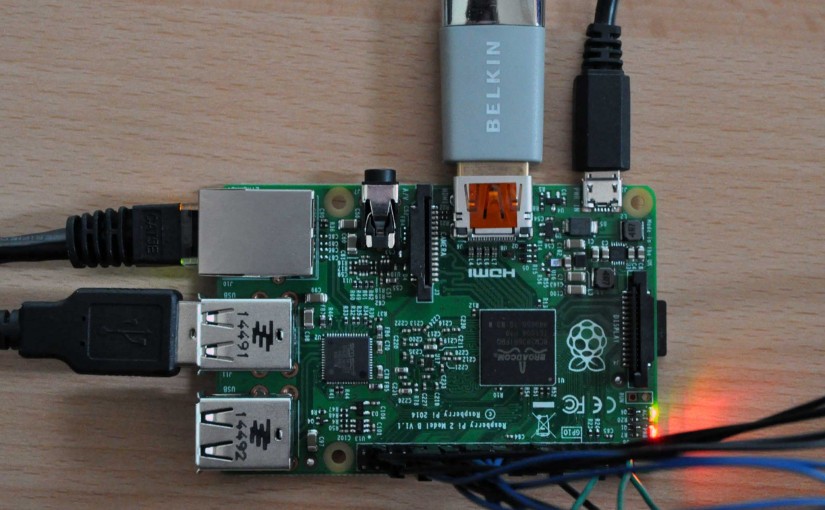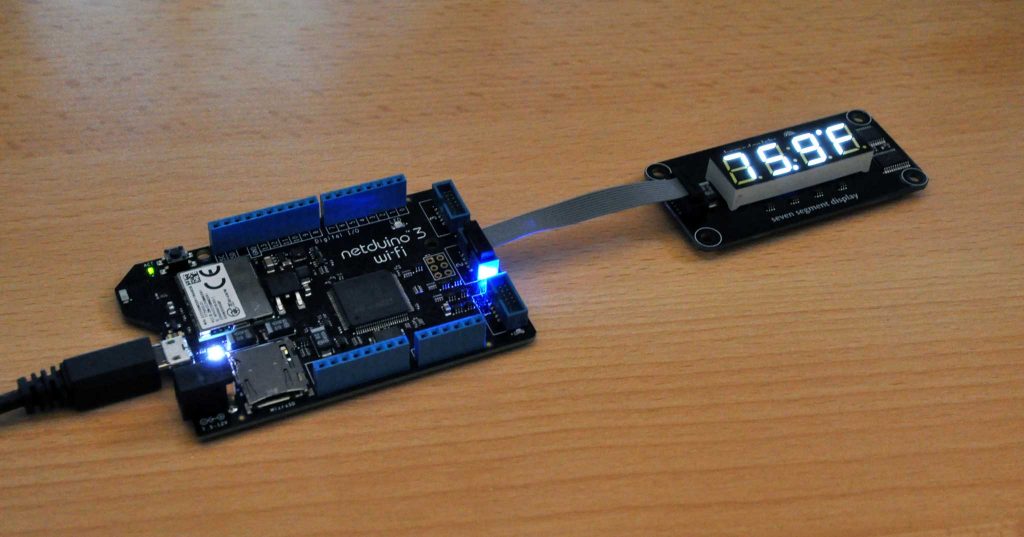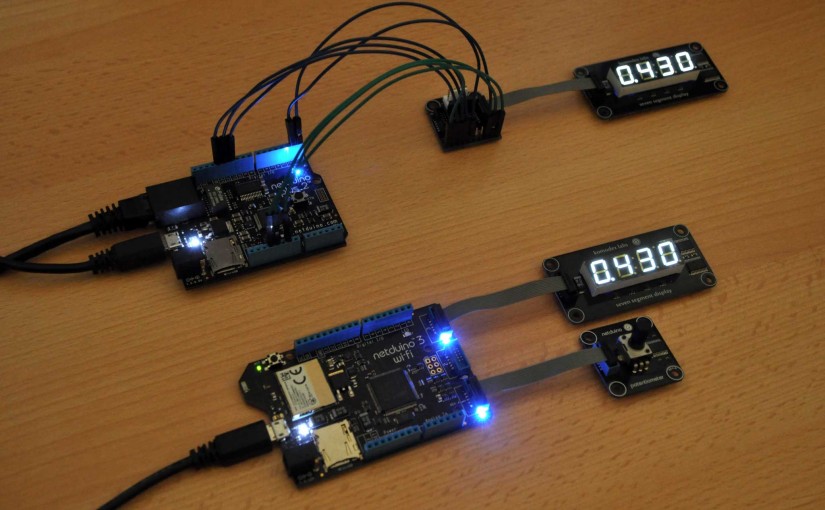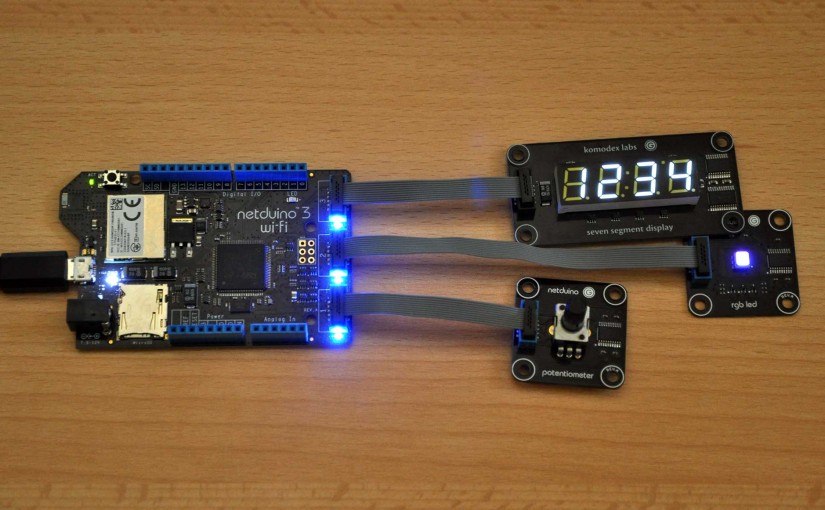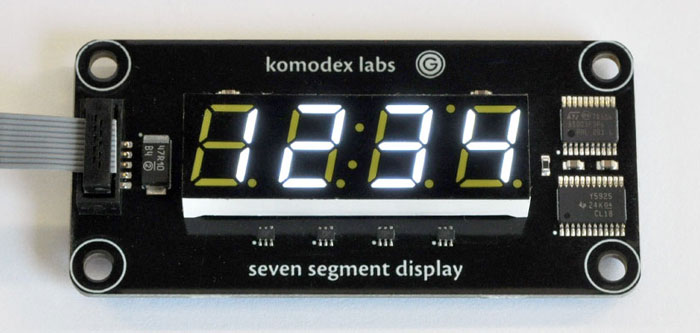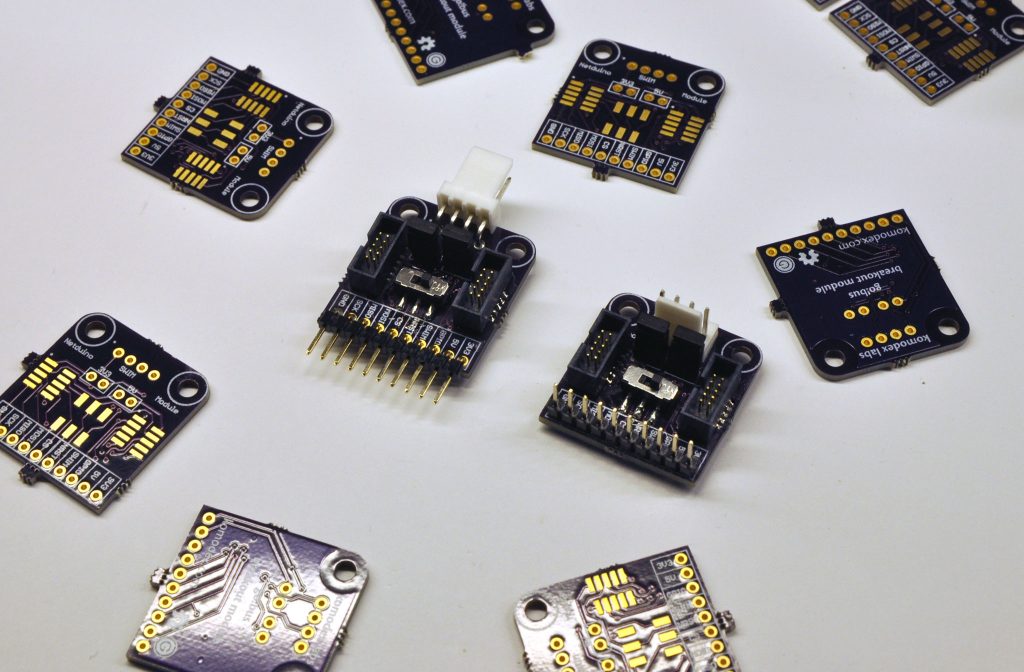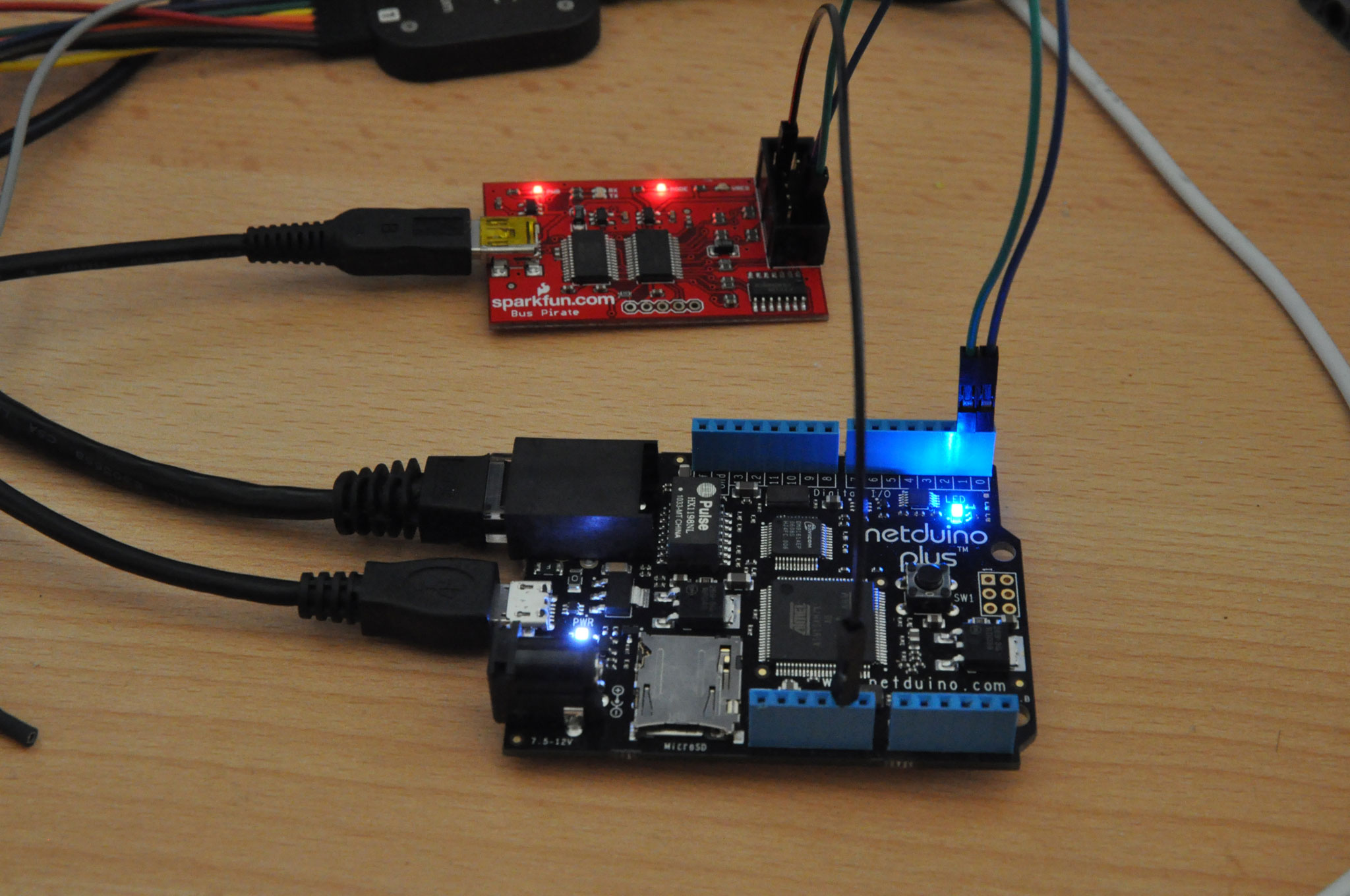Back in 2011 I released a Twitter OAuth API client library for the .NET Micro Framework called MicroTweet. Here’s the original blog post about it.
A lot has changed since then: most notably, Twitter deprecated and disabled their v1.0 API and started enforcing the use of SSL connections to access API endpoints. These changes meant that the original MicroTweet library hasn’t worked for quite some time (sorry!).
After receiving my Netduino 3 Wi-Fi (which features built-in SSL support) I thought it might be interesting to revisit this library and update it to work with Twitter’s new API requirements.
The result is MicroTweet 2 — now available on GitHub and as a binary package on NuGet.
In this post I’ll go over some of the changes to the library and its development process.
